Can Diabetic Cats Eat Wet Food? A Guide to Managing Diabetes with Diet
- 11 Mar 2025 11:48
If you have a diabetic cat, you may be wondering if it’s safe to feed them wet food. The answer is generally yes, but there are some important considerations to ensure that your cat's diet supports their condition and helps manage their diabetes effectively. Let’s explore why wet food can be a good option for diabetic cats, what to look for in their diet, and how to make the best choices for your furry friend.
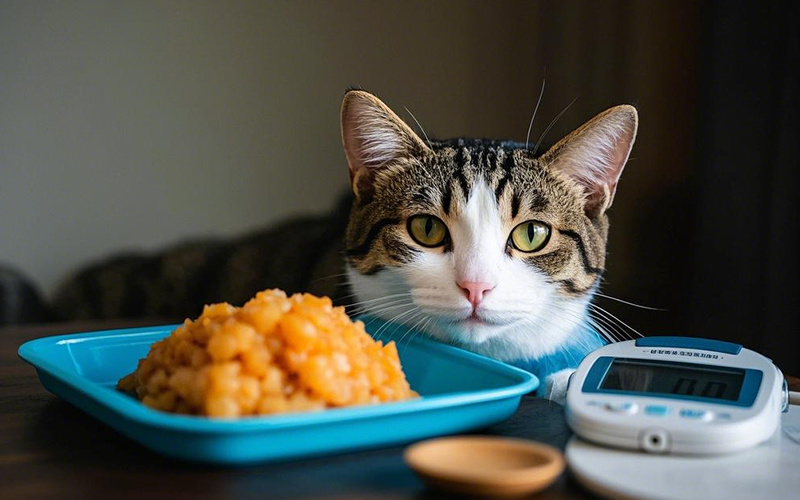
Why Wet Food is Beneficial for Diabetic Cats 🐾
Wet food can offer several advantages for diabetic cats, particularly in terms of their overall health and managing blood sugar levels. Here’s why wet food can be a good option:
1. Lower Carbohydrate Content 🍚
One of the main concerns with a diabetic cat’s diet is managing their carbohydrate intake. Diabetic cats need to avoid high-carb foods, as they can cause blood sugar spikes. Wet food typically has fewer carbohydrates compared to dry kibble, which is often filled with grains and starches. This makes it easier to control your cat's glucose levels and maintain stable blood sugar levels throughout the day.
2. Higher Moisture Content 💧
Wet food has a much higher moisture content than dry food, which is beneficial for cats who may not drink enough water on their own. This can help prevent dehydration and support your cat’s kidney function—an important consideration for diabetic cats, as they may be at a higher risk of kidney disease.
3. Weight Management ⚖️
Many diabetic cats are overweight or obese, which can make it harder to manage their diabetes. Wet food is often lower in calories than dry food, and it can help your cat feel fuller and more satisfied without overeating. Managing your cat's weight is crucial in controlling diabetes, and wet food can help with this by providing a satisfying meal while being lower in fat and carbohydrates.
4. Better Protein Quality 🥩
Wet food generally contains higher-quality protein compared to dry food, which is essential for diabetic cats. Protein helps regulate blood sugar levels and supports muscle mass, especially important for older diabetic cats. It can also prevent the breakdown of lean muscle, which can occur in poorly managed diabetes.
What to Look for in Wet Food for Diabetic Cats 🐱
Not all wet foods are created equal, so when choosing wet food for your diabetic cat, it’s important to look for specific qualities to ensure their needs are being met:
1. Low Carbohydrate, High Protein 🍗
Look for wet foods that are low in carbohydrates (less than 10% of the food’s composition). Cats are obligate carnivores, meaning they thrive on animal protein. A high-protein, low-carb diet will help manage your cat’s blood sugar levels and reduce insulin resistance.
2. Grain-Free and No Added Sugars 🚫
Avoid wet foods that contain grains, such as corn, rice, or wheat, as well as those with added sugars. These ingredients can lead to blood sugar spikes and make it more difficult to manage your cat’s diabetes.
3. Balanced Nutrients 🥗
Ensure that the food you choose is well-balanced and meets your cat’s nutritional needs. It should provide the necessary vitamins, minerals, and fatty acids to keep your cat healthy. Consult with your veterinarian to determine the best food for your diabetic cat.
4. Check the Fiber Content 🌾
Some fiber can be beneficial for diabetic cats, as it helps regulate blood sugar levels by slowing the absorption of glucose. Look for wet foods that include soluble fiber, like pumpkin or psyllium, which can assist in managing your cat’s diabetes.
Things to Avoid When Feeding Wet Food to Diabetic Cats 🚫
While wet food can be a good choice for diabetic cats, there are some potential pitfalls to watch out for:
1. Avoid Foods with High Fat Content 🥓
Although wet food can be lower in calories, it’s important to avoid overly fatty foods. High-fat content can contribute to weight gain, which can worsen diabetes and make it harder to manage blood sugar levels. Choose wet foods with moderate fat content and be cautious with treats that may be too rich.
2. Canned Food with Artificial Additives 🍥
Be cautious about wet foods that contain artificial colors, flavors, or preservatives. These additives may not be harmful in small amounts, but they’re unnecessary and could potentially irritate your cat’s digestive system. Opt for natural or preservative-free options when possible.
3. Too Much Liver or Organ Meat 🍖
Liver and organ meats are high in vitamin A, which is essential but can be toxic in large amounts. Excessive amounts of liver in wet food can lead to vitamin A toxicity, so it’s important to ensure the food is balanced and doesn’t have excessive amounts of organ meats.
Can Wet Food Alone Manage Diabetes in Cats? 🐱
While feeding your diabetic cat wet food can certainly help manage their condition, diet alone may not be enough. In addition to adjusting their diet, diabetic cats often require insulin injections to regulate their blood sugar levels. Always follow your veterinarian’s recommendations for managing your cat's diabetes, which may include a combination of diet, insulin, and regular monitoring of blood glucose levels.
Regular Monitoring and Vet Check-ups 🩺
It’s important to keep up with regular vet visits to ensure that your diabetic cat’s condition is well-managed. Your vet may need to adjust their insulin dosage or dietary recommendations based on your cat’s progress. Regular blood glucose checks will help ensure that your cat’s diabetes is under control and that their diet is supporting their overall health.
Conclusion 🎉
In conclusion, wet food can be a great option for diabetic cats. It offers a range of benefits, including lower carbohydrate content, higher moisture levels, and better protein quality, all of which can help regulate blood sugar levels and support overall health. When selecting wet food for your diabetic cat, make sure to choose options that are low in carbohydrates, high in protein, and free of grains or added sugars. Always consult with your veterinarian to determine the best diet plan for your cat’s specific needs.
If you ever need additional guidance on managing your cat’s diabetes or have questions about their health, you can rely on PettureX, an AI-powered pet health assistant that provides 24/7 consultations. PettureX can help answer any pet-related questions, giving you the support you need to keep your diabetic cat happy and healthy! 🐾
Related
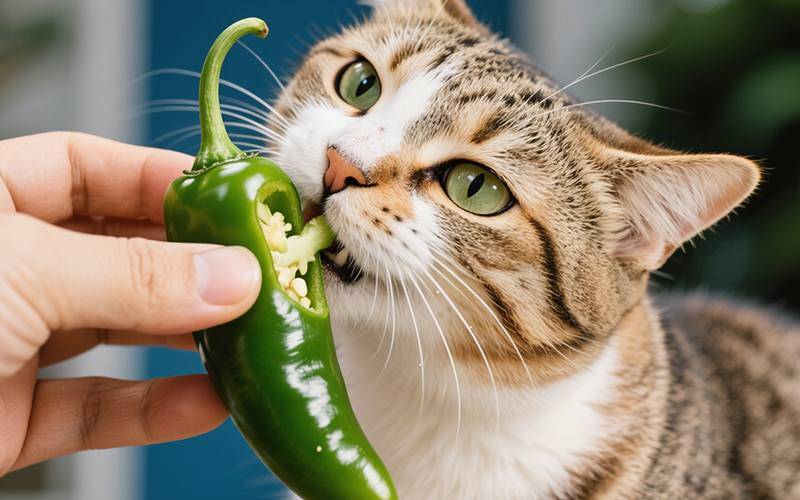
The Burning Question: Can Cats Eat Jalapenos? A Comprehensive Safety Guide
- 21 Apr 2025
Cool Temptation: Can Cats Eat Ice Cream Safely? The Vet-Backed Truth
- 21 Apr 2025
Frankly Dangerous: Can Cats Eat Hot Dogs? Vet Explains the Serious Risks
- 16 Apr 2025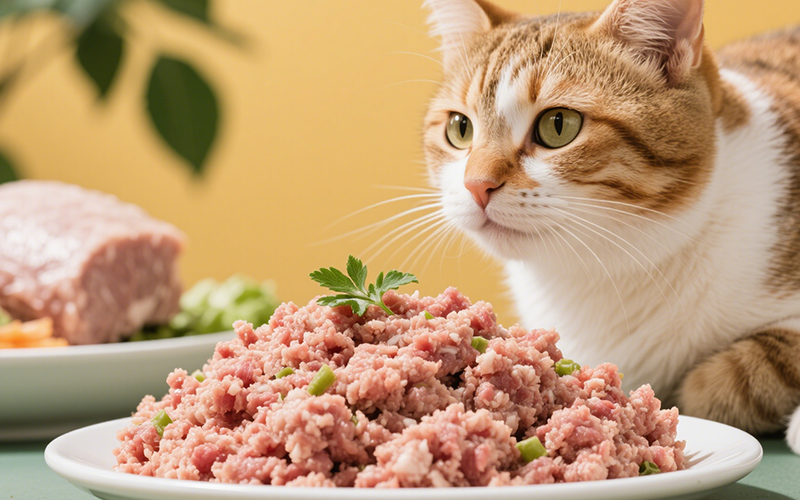
A Purrfect Protein? Can Cats Eat Ground Turkey Safely? (Vet-Reviewed Guide)
- 16 Apr 2025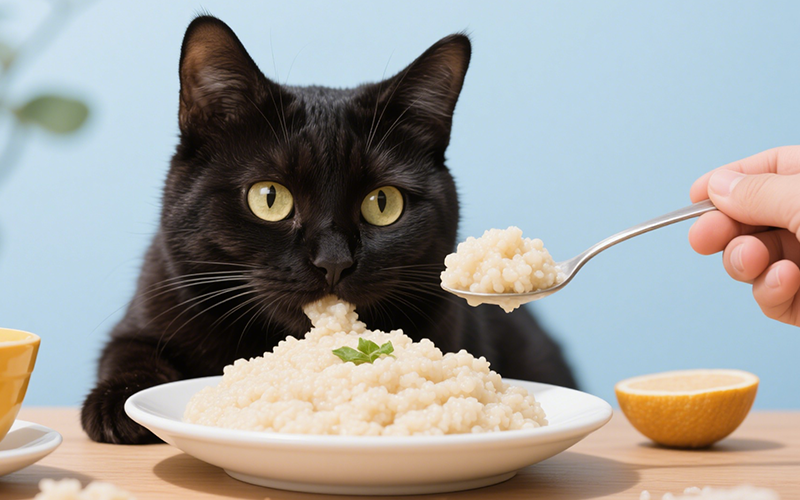
Gritty Situation: Can Cats Eat Grits Safely? Vet Explains the Risks
- 16 Apr 2025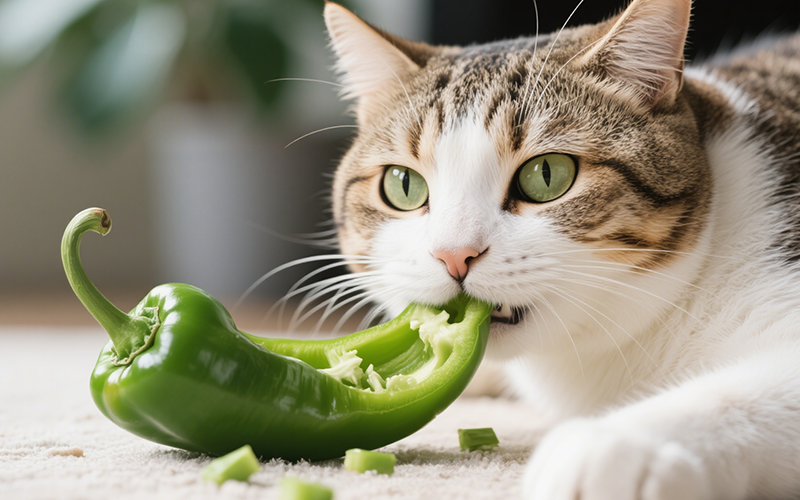
Crunchy Query: Can Cats Eat Green Peppers? A Vet-Reviewed Safety Analysis
- 16 Apr 2025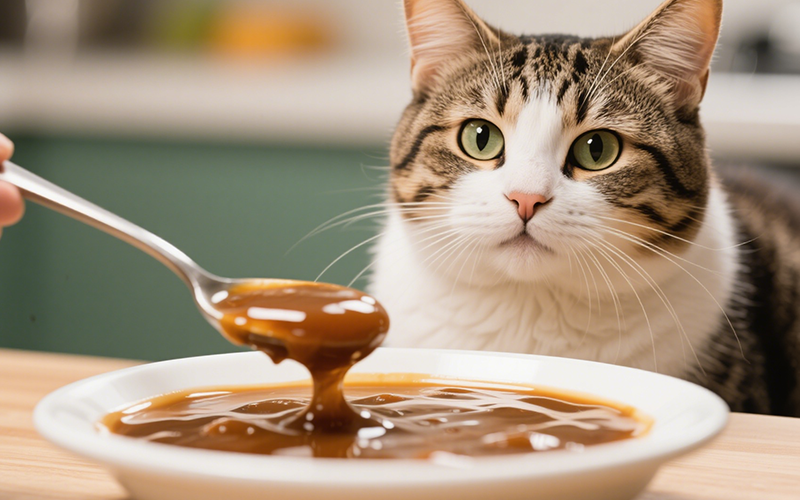
Gravy Danger Zone: Can Cats Eat Gravy Safely? (Vet-Reviewed Warning)
- 16 Apr 2025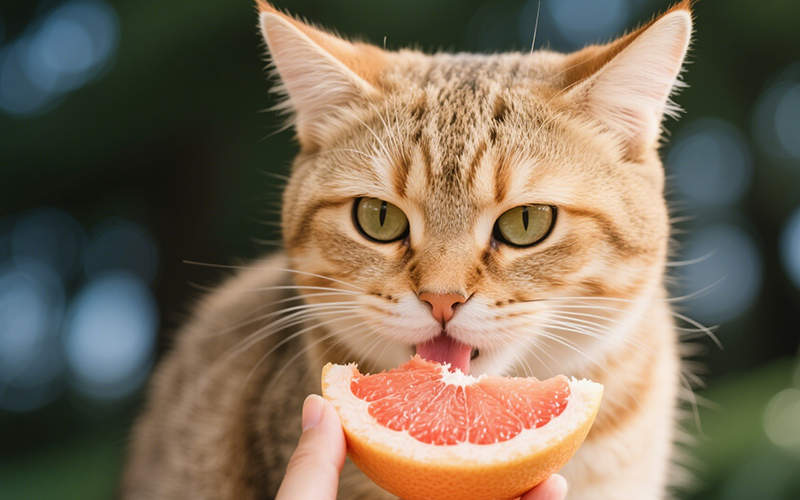
Toxic Temptation: Can Cats Eat Grapefruit? Vet Explains the Dangers
- 16 Apr 2025
Emergency Meal or Major Mistake? Can Cats Eat Dog Food For A Couple Days? (Vet Guide)
- 16 Apr 2025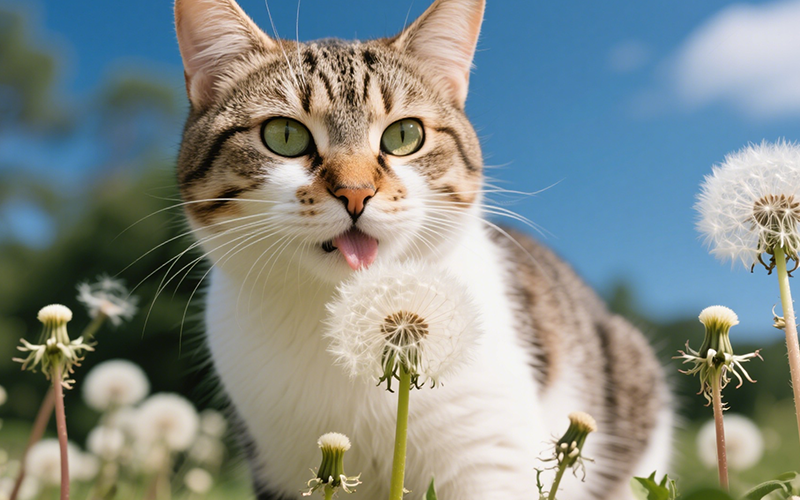
Dandelions & Felines: Can Cats Eat These Common Weeds Safely? Vet Explains
- 16 Apr 2025
